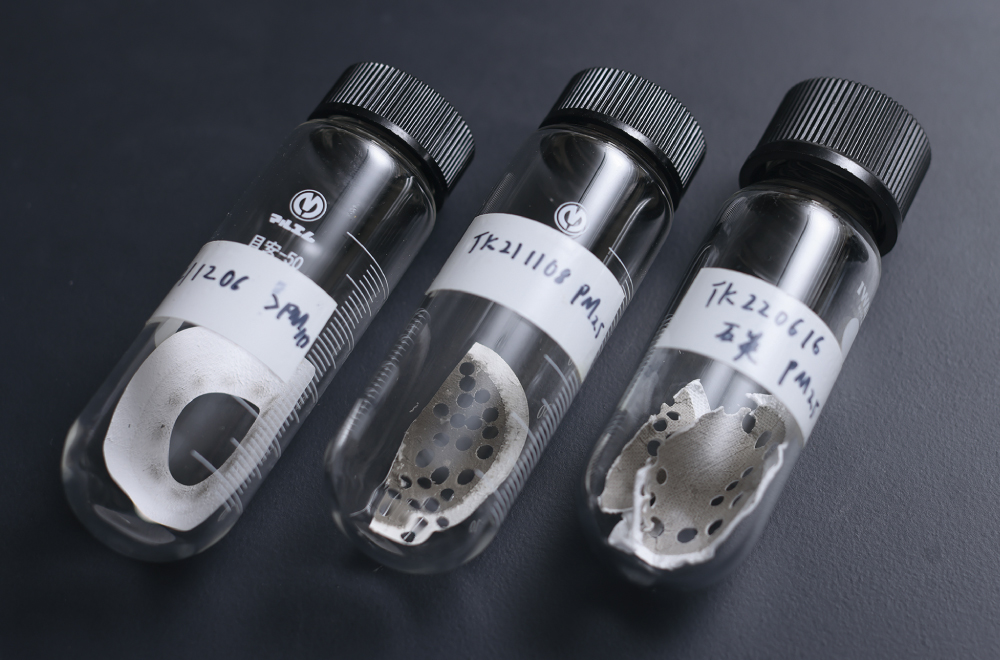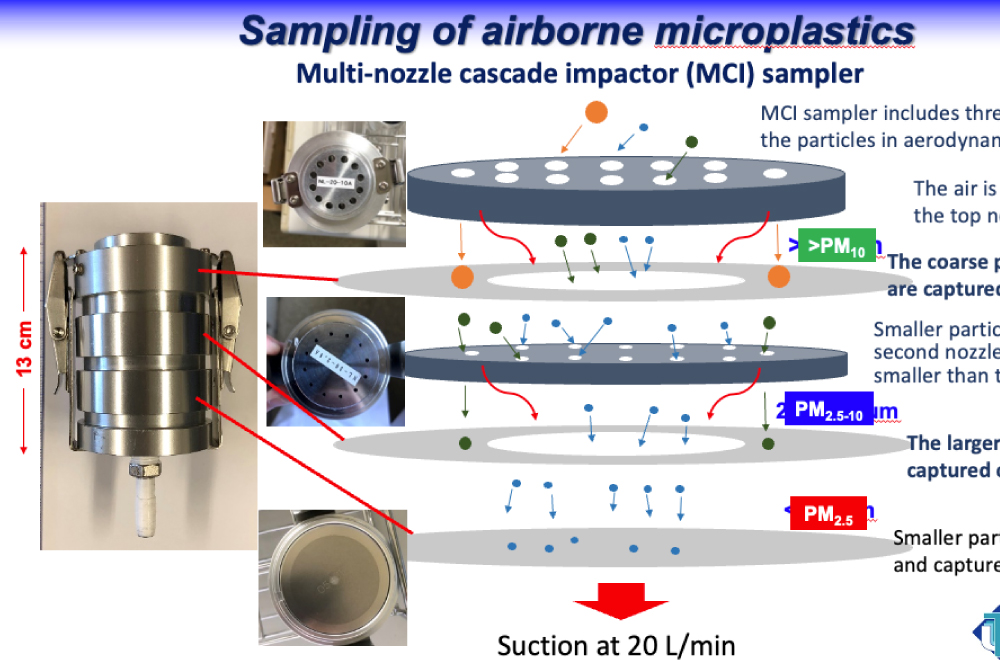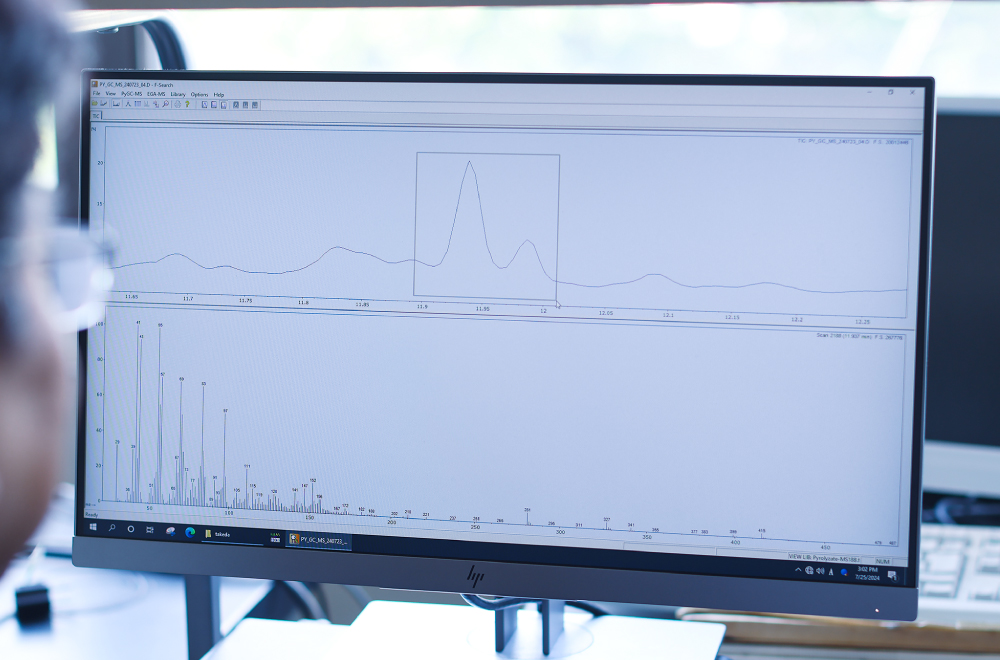
Seven Degree ProgramsChemistry and Biotechnology Program
Under the structure of the Material Synthesis Chemistry, Material Functional Chemistry, Chemical Process Engineering, and Life Sciences fields, the goal is to deepen expertise in a wide range of chemical technologies, from basic chemistry to applied chemistry, chemical engineering, and life engineering. By fostering knowledge and skills related to synthesis development, material functionality creation, and process development, and combining them with broad perspectives through the fusion of different fields, the objective is to cultivate researchers and engineers who possess the problem-solving abilities necessary to contribute to the improvement of human life convenience, harmony between the environment and materials, the development of resources and energy, and the diagnosis, prevention, and treatment of diseases.
While based on synthetic chemistry, physical chemistry, organic chemistry, inorganic chemistry, analytical chemistry, chemical engineering, life engineering, and life sciences, the program aims to train highly specialized researchers and engineers involved in the development of chemical products and pharmaceuticals, those engaged in the manufacturing of chemicals, pharmaceuticals, and foods, advanced professionals related to environmental protection and public health, as well as bio-venture and public research institution experts and researchers.
- Target Fields of This Program
-
- Material Synthesis Chemistry Field
- Material Functional Chemistry Field
- Chemical Process Engineering Field
- Life Sciences Field
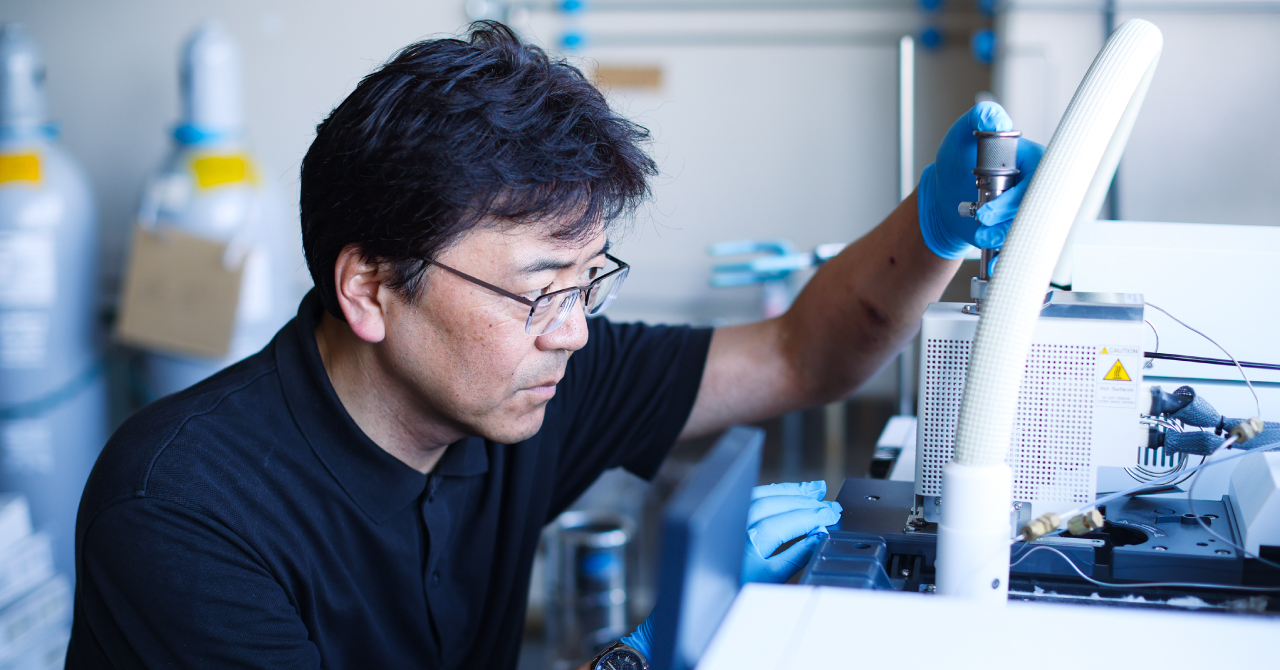
Development of Atmospheric Microplastic Analysis Technology for Future Environmental Protection
Microplastics Contaminating the Air! What Are the Impacts on Our Health?
It has been about 150 years since humanity first created plastics, and today, over 400 million tons are produced annually. With this increase in production, plastic waste has also surged, leading to the spread of microscopic plastic particles that have become a global environmental issue as microplastics. Microplastics in the air have the potential to be inhaled by humans through respiration, and understanding their dynamics and effects on health is crucial.
Visualizing Microplastics in the Air! Development of New Analytical Methods
Traditional methods such as infrared absorption spectroscopy and Raman spectroscopy have faced challenges in completely tracking particulate matter in the air due to limitations like the diffraction limit of light. To address this, we are developing a new analytical technique using Pyrolysis Gas Chromatography/Mass Spectrometry (Py-GC/MS). This method allows us to analyze small amounts of plastic components without being affected by particle size.
Thoroughly Analyzing Particles in the Air! Getting Closer to the Mystery of Plastics
We classify particles in the air based on their aerodynamic diameter, and after collecting them using quartz fiber filters, we perform direct analysis. This approach allows us to detect even trace amounts of plastic components with high sensitivity, eliminating the influence of other co-existing substances. Furthermore, our analysis covers a wide range of plastic and rubber types, aiming for a comprehensive analysis.
A Key to Combating Air Pollution! The Importance of Microplastic Analysis
By implementing this method, we can evaluate the mass of plastic and rubber components per unit volume of air and measure the potential health impacts, such as those from PM2.5. Additionally, this enables international data comparison, enhancing our understanding of the movement and impact of microplastics in the atmosphere. Ultimately, this research could lead to determining the acceptable levels of plastic in the air, paving the way for concrete environmental action.
Towards a Future Without Microplastic Pollution! Innovation Leads the Way
The Py-GC/MS technique not only analyzes plastic and rubber components but can also be applied to study additives. This technology is at the forefront globally, and it is undoubtedly poised to become a key technology for addressing future environmental challenges.
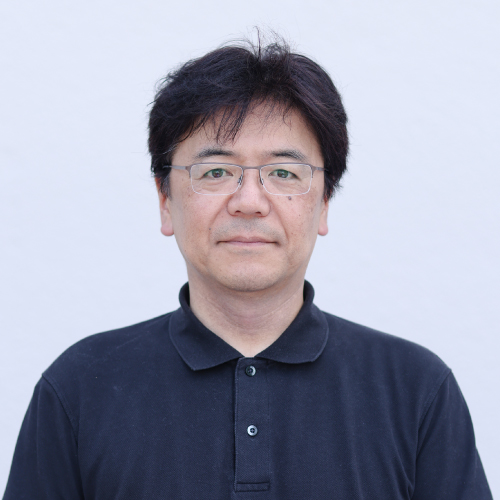
Mizuguchi HitoshiProfessor
A doctoral program is not only an opportunity to deepen your expertise but also a perfect chance to unlock your full potential. In this era where it’s easier to connect with people from all over the world, it’s a wonderful thing that we now have the ability to expand our fields of activity and scope of action. By meeting friends from different cultures and professional backgrounds and collaborating toward a common goal, you will gain not only academic achievements but also personal growth. The experience of sharing in the joy of success will be something of great value in your life.
